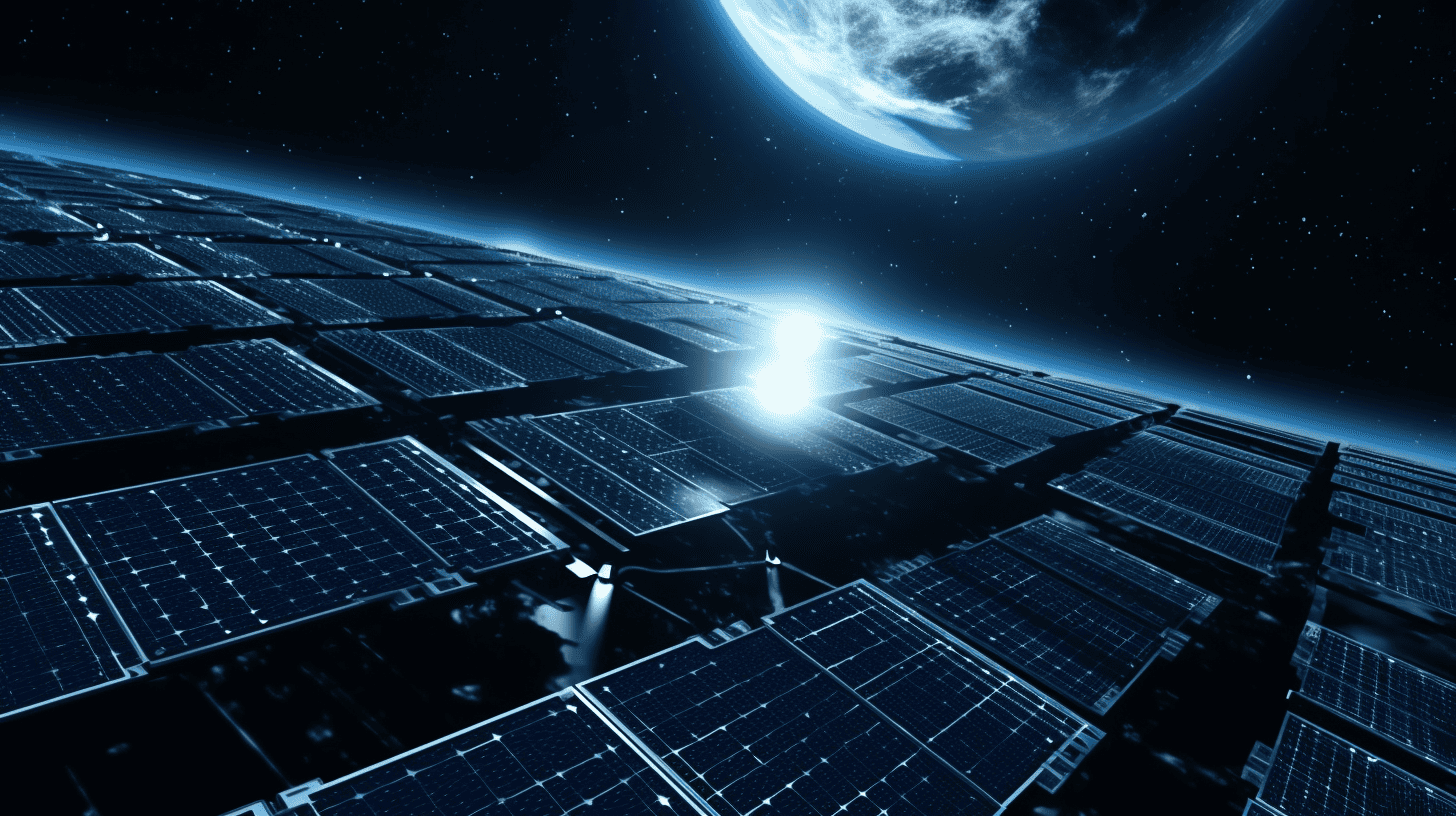From a human perspective, the universe is primitive. 13.8 billion years to be exact. However, we can use sophisticated equipment to unravel what happened long ago. Niels Werdegaal, a researcher at Eindhoven University of Technology (TU/e), has created an inflatable telescope that offers a glimpse into the 'beginning of time'. Recently, this telescope underwent its first test in space.
Why you should know this:
Understanding the origin of the universe and the events that took place billions of years ago is crucial to understanding our place in the universe.
Although the origin of the universe is still a mystery, more and more puzzle pieces are falling into place. Most astronomers agree that the universe was created by the Big Bang, also known as the Big Bang. Although the theory is solidly based, including evidence of the cosmic background radiation, more evidence is needed about the details and conditions of the 14 billion-year-old past.
Werdegall, who is in the final stages of his PhD research, knows that the evidence will emerge in the form of a signal. „Signals we can still pick up today with my inflatable antenna,” explains the researcher. Why inflated? “Because the device has to fit into the rocket. At the same time, it should pick up very weak signals. For that, we need large sensitive antennas. At launch we placed the antenna in a ten by ten centimeter box. The proof of concept version folds to about one square meter. „But the final version is about ten square meters.” On Wednesday 6 December, the PhD student sent his radio telescope to an altitude of about thirty kilometers using a weather balloon. The instrument was launched into the stratosphere by the British Space Agency. Although a little later than expected, the antenna unfolded perfectly. The target has been achieved.
Hydrogen molecules
During the experiment, Werdegall worked with the signals he generated himself. This allowed him to test whether the antenna was doing its job properly. But if the telescope is actually used during space travel, it will start picking up signals from hydrogen molecules. Werdegall: “In the beginning, the universe consisted mainly of hydrogen molecules emitting signals at a specific frequency. Due to the continuous expansion of the universe, these signals are 'stretched' further and further, so to speak. Over time they become weaker and weaker. At some point, you'll need more antennas to get the same „signal strength”. But they can still be measured with a single, sensitive telescope.
Like a flat tire
The project had its obstacles. For the inflation technique, the researcher used a very thin film, only a quarter of the thickness of a human hair. „You can expect it: cracks and holes will soon appear. Like a flat bicycle tire, I had to regularly stick the foil using special tape,” Werdegall laughed. In the end, fortunately, all that tire sticking was not in vain. „But as you can understand, when the device was launched, I was very I was sweating.”
On or behind the moon?
Currently, TU/e and other researchers are considering two different concepts of the inflatable telescope. The first concept involves a cluster of multiple satellites with antennas that together form a large network. They will be placed behind the moon. A relatively quiet environment where they are shielded from radiation from Earth.
A second concept, soon to be sent to the European Space Agency (ESA) for review, plans to build a radio telescope directly on the surface of the Moon. „The idea is that the telescope will pick up signals on the other side of the moon. This version of the device looks like a kind of inflatable mattress, with more than a thousand antennas on it.
The sooner, the better
The dissertation, which Verdegal has been working on for the past five years, is now with the doctoral committee. The defense will take place in early May. As with any space project, it will be a while before there is an actual inflatable antenna on the moon. “I expect that to happen in ten years. Meanwhile, the universe continues to expand and the signals we want to capture are getting weaker. The sooner we start the better”

„Oddany rozwiązywacz problemów. Przyjazny hipsterom praktykant bekonu. Miłośnik kawy. Nieuleczalny introwertyk. Student.

